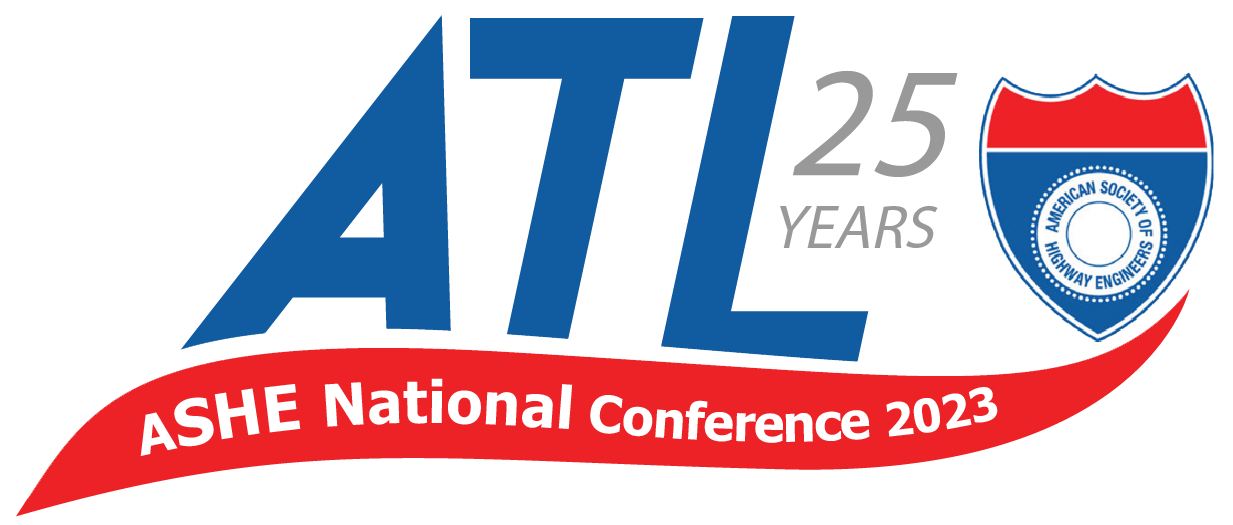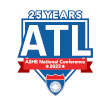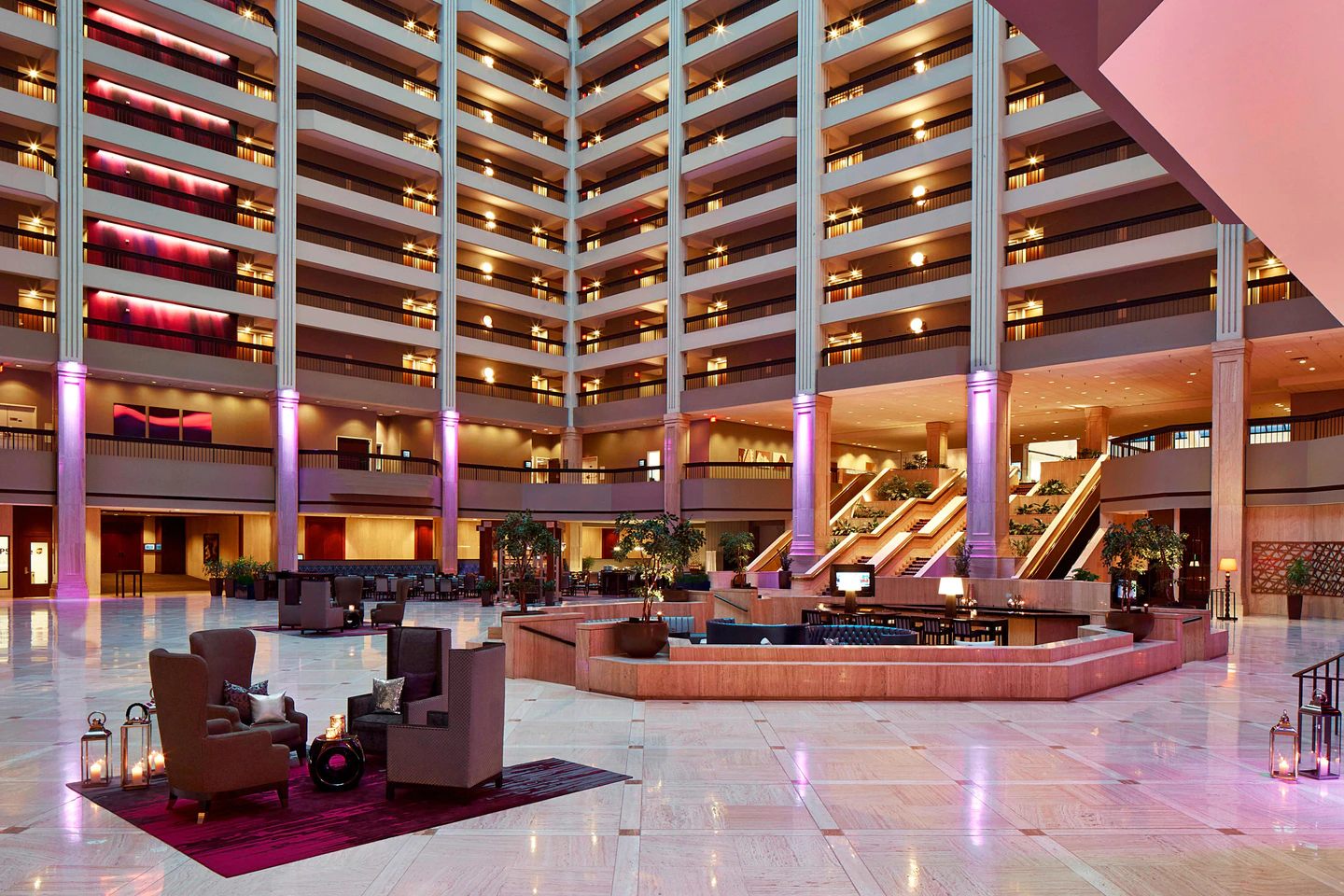
Technical Session #4B – Infrastructure (continued)
Topic: Alternatives to Turbo Roundabouts
Speaker: Mark Lenters Kimley-Horn and Associates, Inc.
Turbo roundabouts were first presented at a national level in 2008, at the TRB International Conference. At the that time, the U.S. and Canada were confirming successful multilane roundabout design practice mostly following British design research that established limits on geometric entry speed and entry path alignment using geometry and lane markings, in the case of multilane roundabouts. Before the community of practitioners begins to consider and apply elements of the European turbo design, it’s important to consider the context from which turbo roundabout appeared and how North American practice already had an answer to the safety concerns that precipitated turbo design features. This presentation describes the context to consider turbo features on two lane roundabout designs, but that the problems that turbo roundabouts aim to solve are mostly addressed with the current North American guidelines, if carefully applied. Nevertheless, there is a place for some of the principles of turbo roundabout design; mainly, the unifying of all entry speeds to a narrower range for the benefit of pedestrians, the improvement of lane discipline and the dearer definition of conflict areas in front of each entry of a multilane roundabout. Designs are being constructed and have recently been demonstrating that the use of ’buffered’ lanes on approaches to multilane roundabout entries and between circulating lanes is proving to be effective. In this highly visual presentation, both design styles, turbo and conventional design will be compared and contrasted to encourage agencies to consider alternatives to turbo roundabouts.
Topic: Perpetual Pavements: Designing a Road to Last
Speaker: Buzz Powell, PE, National Center for Asphalt Technology at Auburn University, Associate Director & Research Professor
Perpetual asphalt pavements properly designed and constructed last longer than 50 years without requiring major structural rehabilitation or reconstruction, and need only periodic surface renewal in response to distress confined to top of the pavement. Perpetual Pavements are beneficial as they can eliminate reconstruction costs, reduce user delay costs during operation, conserve material resources, reduce energy consumption during operation, and reduce life-cycle costs of the road network. With more than 156 Perpetual Pavements roads documented through the Asphalt Pavement Alliance’s Perpetual Pavement awards, and an average life of 46 years at time of award, this presentation will offer an overview of the advantages of implementing perpetual pavements, basic design concepts, and will also showcase several case studies.
Attendees will be able to:
1. Design criteria needed to achieve an asphalt pavement
2. Understand pavement concepts to compute maximum pavement thickness
3. Use modem computational design tools for perpetual pavements
4. See the latest award-winning perpetual pavement
Topic: Temporary Drainage
Speaker: Karl Brauer Kiewit Infrastructure Engineers
On both highway and riverine projects, the drainage design often focuses on the permanent condition. There is limited thought put into what is needed during construction. This “temporary” drainage condition can be in place for months to years on larger projects and often at a time with high levels public awareness and scrutiny. It is important for designers to consider the condition and design of the temporary drainage to ensure public and worker safety is maintained throughout construction and limits impacts to the public as much as possible. Clear definitions of the temporary drainage criteria and thoughtful considerations of the risks involved with this type of work are needed to level the playing field, manage overall project risks, and bring down project costs.
This presentation will start by looking at the hazards and costs associated with temporary drainage including the risks to public and worker safety, costs of temporary works, costs of delays, lost workdays, and work area damages and disruptions. It will then explore ways of estimating the risks for a project based on the timing and duration of the work, as well as how these estimates can be applied to projects. Next, it will discuss ways to mitigate hazards, limit the costs using different types of drainage structures, and the preparation of an Emergency Action Plan. Finally, the presentation will explore some examples of temporary drainage successes and future learning opportunities.


Leave A Comment
You must be logged in to post a comment.